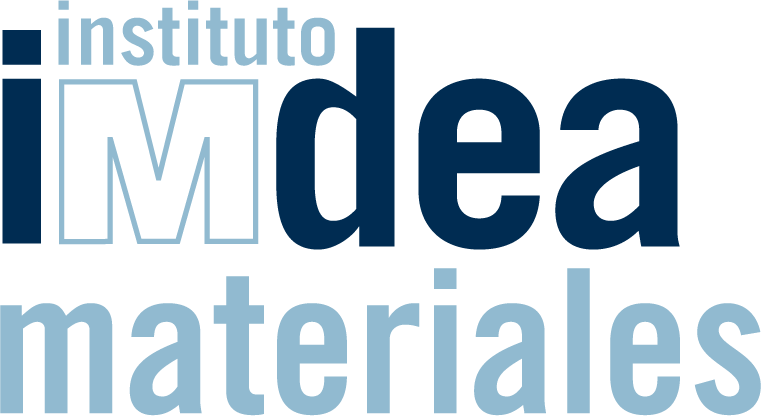Funding: Ministerio de Ciencia e Innovación. Retos investigación: Proyectos I+D+i
Region: National
Project period: 2019 – 2021
Partners: Technical University of Alicante (Project Coordinator), IMDEA Materials Institute
Principal Investigator: Dr. Rubén Costa Riquelme (ruben.costa@imdea.org)
HyNanoSC proposes a joint effort to further advance hybrid organic/n-&p-type semiconducting nanoparticles towards highly efficient (>12%) and stable (>1000 h) low-temperature solar energy conversion devices based on optimized n- and p-type dye-sensitized solar cells that will be combined in a final tandem dye-sensitized solar cell.
Here, our focus will be organic-TiO2 and organic-CuO nanoparticles for n- and p-type devices. It is expected that both materials will show high resistance against electrolyte corrosion, low charge transport resistance, and low parasitic absorption features.
The activities of Subproject 2 span from the fabrication (nanoparticles manipulation, film deposition, and sintering at <150ºC and pressure <100 MPa) and characterization (spectroscopic, electronic, and morphology) of thin photoactive films to the device optimization (architecture and combination of dyes/electrolytes) and analysis (J-V, IPCE, EIS, IMVS, IMPS) under different operation scenarios (outdoor and indoor conditions). In particular, we propose two strategies to enhance both intra- and inter-particle charge transport without losing the high stability against electrolyte corrosion. This involves wet-chemistry and low-temperature post-treatments and the use of semitransparent carbon nanotube fibers as self-standing current collector and counter-electrode. In addition, we will explore iodine-free electrolytes along with novel dyes of high interest for both outdoor and indoor purposes. This will be combined either with well-known counter-electrodes or with a semitransparent self-standing carbon nanotube fiber counter-electrode sandwiched between two photoelectrodes as recently patented in our group. This novel architecture will also allow us to fabricate new tandem devices, in which each photoelectrode will keep the optimized electrolyte. Thus, we expect to independently maximize the performance of each photoelectrode using the carbon nanotube fibers as a charge transfer mediator between both photoactive sides. Overall, HyNanoSC will follow several strategies to tackle the current challenges concerning photoelectrode optimization in the field of low-temperature dyesensitized solar cells, while expanding its horizon towards p-type and tandem devices.
Partners


Funded by

